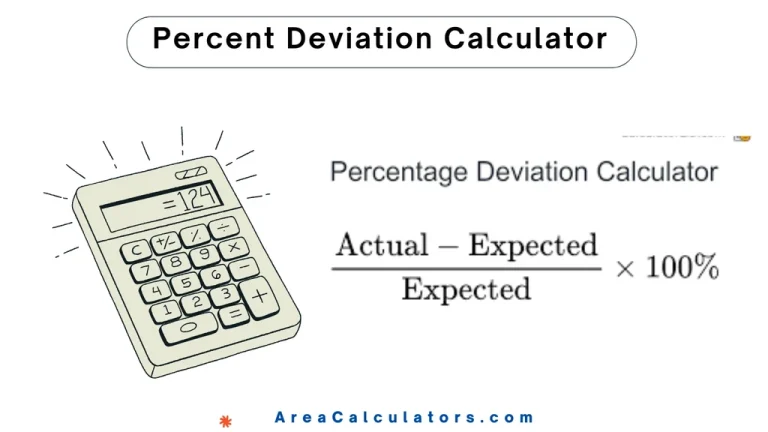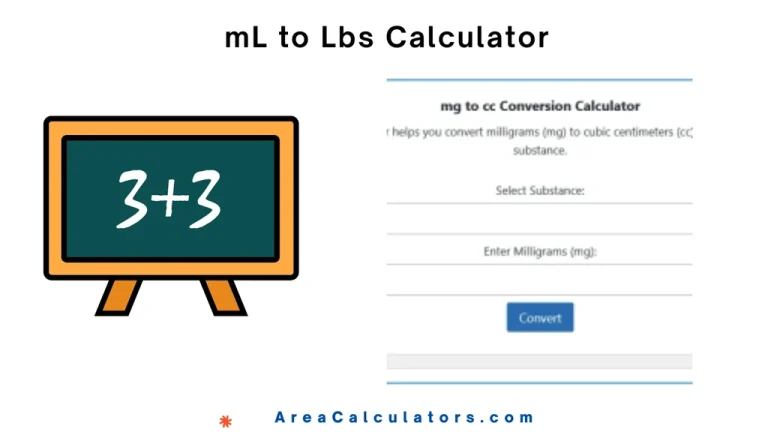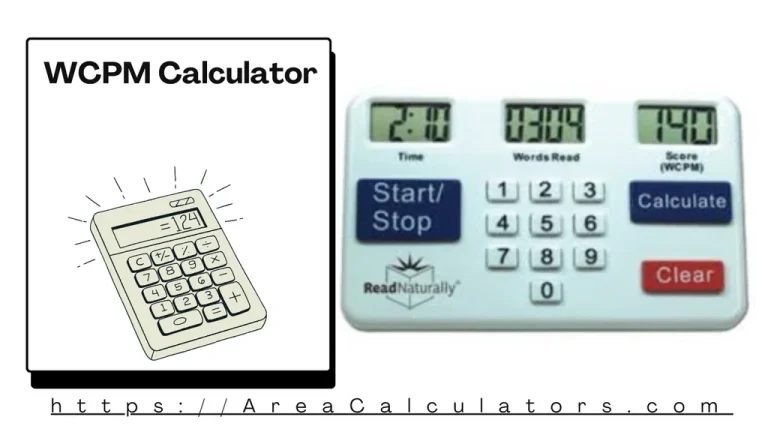Commission Draw Calculator
To calculate the commission draw (CD), multiply the total commission earned (C) by the rate (R), then subtract the draw amount (D) from the result. This gives you the remaining commission after the draw.
The commission draw calculator is a useful tool for the salespeople who are working on a draw against commission plan. A draw is an advance payment given to employees, and it’s later deducted from their commission earnings. This calculator helps determine how much commission is left after the draw is subtracted.
So, to have the understanding of this structure is important to ensure you’re receiving the correct earnings, especially when working on a commission-based pay plan.
Formula:
| Variable | Description |
|---|---|
| C | Total Commission Earned |
| R | Commission Rate |
| D | Draw Amount |
Solved Calculation
Example 1:
| Step | Calculation |
|---|---|
| Determine values | C = $5,000, R = 12%, D = $400 |
| Multiply C by R | $5,000 × 0.12 = $600 |
| Subtract draw amount D | $600 – $400 = $200 |
| Result | $200 |
Answer: The remaining commission after the draw is $200.
Example 2:
| Step | Calculation |
|---|---|
| Determine values | C = $8,000, R = 10%, D = $500 |
| Multiply C by R | $8,000 × 0.10 = $800 |
| Subtract draw amount D | $800 – $500 = $300 |
| Result | $300 |
Answer: The remaining commission after the draw is $300.
What is a Commission Draw Calculator?
A commission draw calculator is virtually a helping hand for employees or salespeople to calculate their earnings when they receive a draw against future commissions. Basically, a draw is an advance on expected commissions that is typically used in sales roles to ensure a minimum income.
The draw is repaid through earned commissions. To calculate your commission, you’ll subtract the draw from the commission you’ve earned. If your earned commission exceeds the draw, you take home the excess.
So, when calculating commissions, the percentage or flat-rate structure is applied based on sales performance. For example, if a 12% commission rate is applied to sales of $10,000, the commission earned would be $1,200. If you received a $500 draw, your final commission would be $700 ($1,200 minus the $500 draw).
Accordingly, commission structures can vary. Some involve tiered systems where higher sales earn higher commission rates. Excel-based calculators are commonly used for this, offering easy input of sales figures, commission percentages, and draw amounts to quickly determine payouts.
Final Words:
In summary, a commission draw calculator helps employees understand their compensation under this structure. It ensures that both employers and employees can manage pay expectations efficiently.




